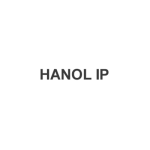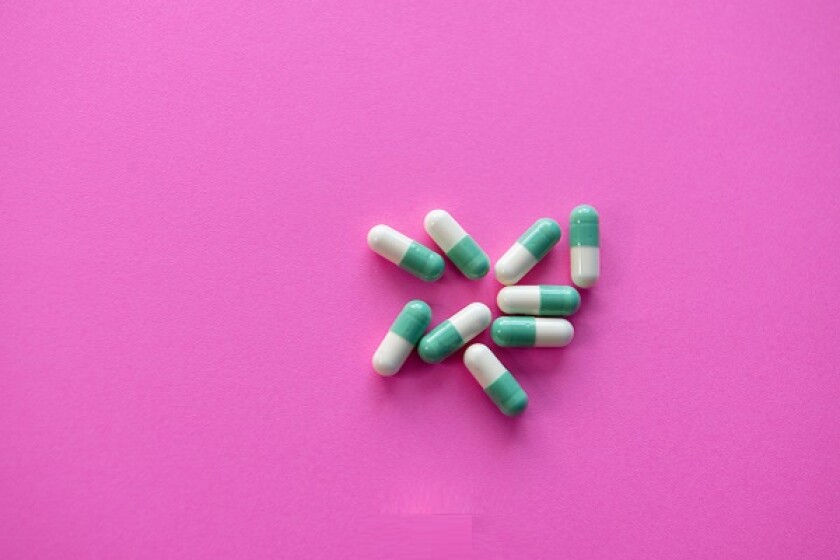The government announced a plan to restructure the generic drug pricing system with the main goal of switching from the existing ‘same medicine, same price’ principle to a ‘tiered drug pricing system’ at the end of March 2019. Eventually, the drug pricing rule was revised and implemented on July 1 2020.
Under the revised drug pricing framework, it is expected that later generic entry will be discouraged and competition for patent challenges will intensify, especially for blockbuster drugs.
Differential generic drug prices
Under this system, the price of generic drugs is determined differentially based on the qualitative requirements:
Whether or not a bioequivalence or clinical study sponsored by the approval holder has been performed; and
Whether or not an API registered in a drug master file (DMF) has been used.
In addition, the drug price is determined differentially according to the order of market entry (i.e. order of registration on the insurance-reimbursement list).
Up to the 20th listed drug for the same medicine, the price cutting criteria is applied as follows:
If both requirements (i) and (ii) are met, the drug price is calculated at 53.55% of the originator's drug price (original drug price);
If only one requirement is met, the drug price is calculated at 45.52% of the original drug price; and
If neither requirement is met, the drug price is calculated at 38.69% of the original drug price.
However, from the 21st listed drug as such, the drug price is set at 85% of the lowest price among the previously listed prices, i.e. 85% of the lower drug price between the lowest price for the same medicine and the price determined according to 3) above, regardless of whether or not the quality requirements are actually met.
Therefore, from the 21st entry, the drug price will decrease stepwise by 15% according to the order of registration; for example, the 21st drug will be priced at 85% of the lowest price among the previously listed 20 products, and the 22nd drug will be priced at 85% of the 21st drug price.
Later generic entry discouraged under current pricing system
Generic drug price fallen after 20th entry
Recently, a generic product was listed to have a drug price which had dropped significantly compared to the highest price of the same medicine. This was because the tiered drug pricing rule was applied continuously.
A 20mg Exoxium tablet (esomeprazole), which was registered on the reimbursement list as of February 2021, was priced at KRW 339 (approximately $0.30), which corresponds to 85% of the lowest price of KRW 399, since there were already 124 esomeprazole products previously listed. This price is 55.6% lower than the highest price of KRW 764.
Another esomeprazole generic product was also listed to have the lowest price, KRW 399 according to the tiered drug pricing rule. Consequently, the lower price cutting criteria was applied to a 20mg Exoxium tablet.
Generic listings for insurance coverage decreased
According to recent data from the Health Insurance Review and Assessment Service, the number of generic products added to the reimbursement list has decreased significantly.
From June to August 2020, immediately before the implementation of the revised drug pricing system, more than 2,000 drug products were registered on the insurance-reimbursement list.
However, in January and February 2021, only 28 and 32 products were newly registered on the reimbursement list, respectively.
Patent challenges
Competition for earlier approvals
Since the sales revenue of generics will decrease from the 21st entry for a given medicine, generic companies are more fiercely competing to obtain generic approvals earlier than others.
Essential option for better generic prices
Assuming that more than 20 companies succeed in challenging an originator's drug patent at almost the same time, the highest generic price available up to the 20th entry is likely to be limited to only the products of these companies. As a result, later-entry generics may have to drop out of drug price competition. Therefore, patent challenge may be an essential option for securing drug prices. This is noticeable for blockbuster drugs.
Previously, patent challenges were usually pursued to obtain first generic exclusivity; however, after the restructuring of the drug pricing system, patent challenges have become even more important for price competition.
Boehringer Ingelheim's blockbuster Jardiance
Overheated patent challenges may be observed in the case of Boehringer Ingelheim's blockbuster diabetes drug, Jardiance (empagliflozin).
After 12 companies, including Chong Kun Dang, failed in the invalidation trial filed in 2015 for the patent directed to a crystal form covering Jardiance (expiring in 2026, hereinafter ‘the 2026 patent’), Chong Kun Dang alone challenged the 2026 patent again by filing an action for negative scope declaration in January 2018.
As a result, Chong Kun Dang first succeeded in patent evasion in May 2019, and thereafter, there was a rush for patent challenges by about 50 generic companies between June 2019 and August 2020.
The companies who have succeeded in evading the 2026 patent will be allowed to release their products after another patent's expiration in October 2025. However, other companies who have not challenged are highly likely to fall behind in the entry of the corresponding generic market because they will be allowed to release their products after 2026 only.
Interestingly, patent challenges by these companies took place after the government's tiered drug pricing policy was announced at the end of March 2019, and these companies have not met the requirements for the first generic exclusivity. In light of this, these challenges may be interpreted as having been for the purpose of keeping up with drug price competition in the future.
Final thoughts
After the implementation of the revised drug pricing system, the government’s intention to prevent a generic rush seems to have achieved a fair amount of success. Meanwhile, generic competition for earlier drug approval and better pricing is becoming fierce.
Further, patent challenge appears to be an essential patent strategy for generic companies to attempt in securing drug prices as well as the first generic exclusivity. Thus, competition for patent challenges is expected to intensify in the future.
Min Son
Partner, Hanol IP & Law
E: minson@hanollawip.com











